1. Canned Wheat Germ Loaf
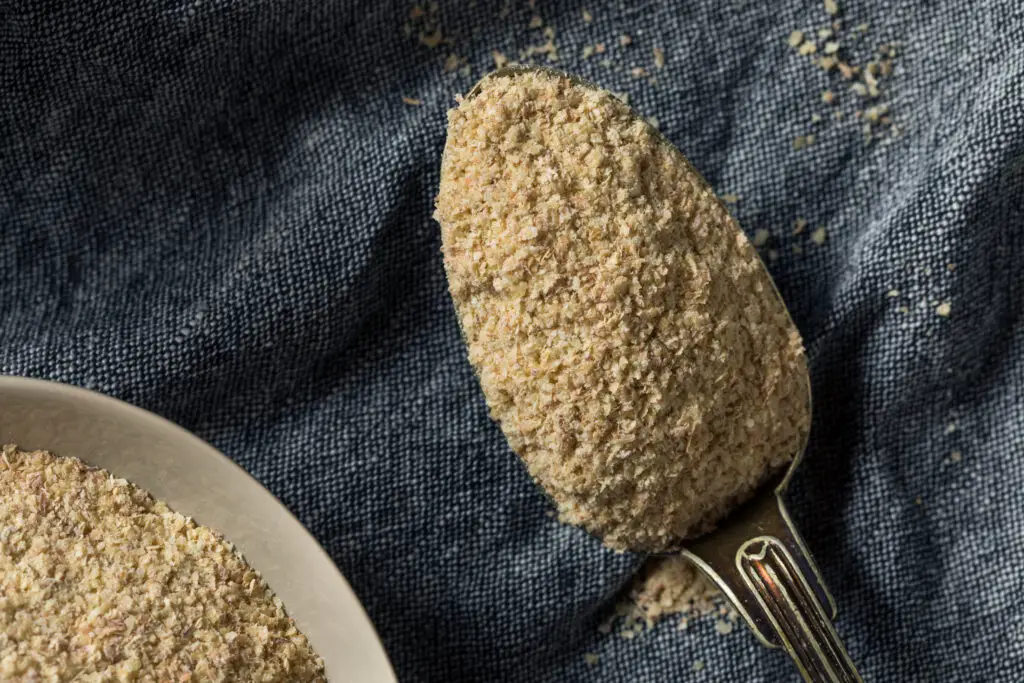
In the ’70s, wheat germ was the miracle ingredient that supposedly added protein and vitamins to just about anything. Food companies packaged it into loaves that looked more like dense bricks than bread, promising it was the key to better digestion and stronger bodies. The ads made it sound like you’d glow with vitality after a slice, but in reality, it was dry, crumbly, and tasted faintly of sawdust. Families would serve it at dinner, trying to smile through the chewy mouthfuls, convincing themselves they were doing something good for their health.
Many parents swore by it, but kids usually left their slices untouched or smothered them with jelly just to make it edible. It was one of those meals that looked like punishment more than nourishment. Despite its unappetizing nature, wheat germ loaves had their moment in the spotlight, riding the wave of the natural food craze. Today, it’s a quirky memory from a time when “healthy” often meant bland and unappealing.
2. Cottage Cheese with Pineapple Rings
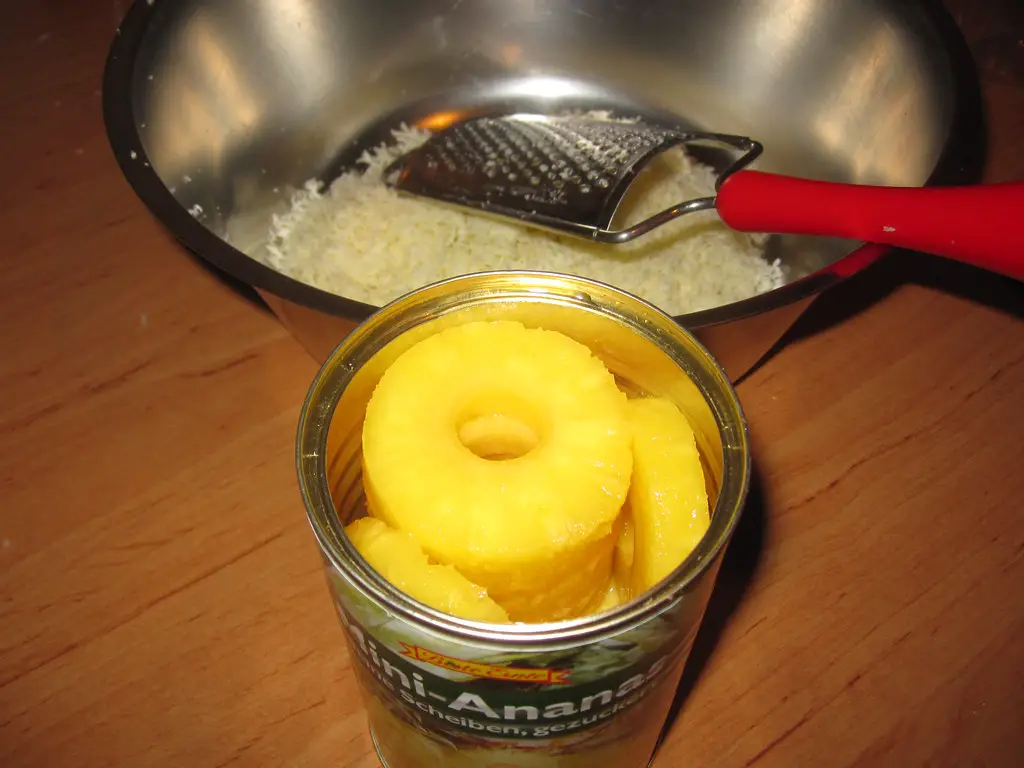
This odd pairing popped up everywhere in the ’70s, from diet cookbooks to women’s magazines. The idea was that cottage cheese gave you lean protein, while canned pineapple added sweetness and a “tropical” flair. It was considered the ultimate low-calorie meal for anyone watching their figure, though the textures didn’t exactly work together. The creamy curds and syrupy fruit combined into something people tolerated rather than loved.
It became especially popular at lunch counters and cafeterias, often plopped onto a bed of iceberg lettuce for a touch of color. The dish photographed well, which made it appealing for advertising, but eating it was another story. Some swore it was refreshing, while others admitted they only pretended to like it. Looking back, it feels more like diet penance than an enjoyable meal.
3. Gelatin Vegetable Molds
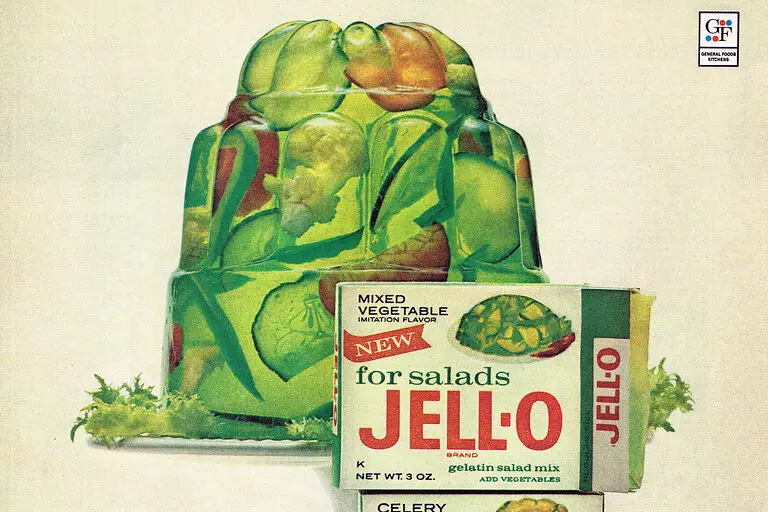
In the ’70s, gelatin wasn’t just for dessert—it was marketed as a “light” and “healthy” way to get your daily vegetables. Cookbooks were filled with recipes for molded salads that trapped peas, carrots, celery, and sometimes even tuna in a translucent wobble. Advertisers promised they were modern, refreshing, and low in fat, perfect for the health-conscious homemaker. But the reality of cold, jiggly vegetables suspended in lime or lemon gelatin was less than appetizing.
Dinner guests often poked at these strange creations, unsure whether to eat them as salad or side dish. They were colorful and eye-catching, but taste and texture didn’t do them any favors. Somehow, people convinced themselves that it was chic and slimming. Today, they’re remembered more as a party gag than a serious health food.
4. Liver and Onions
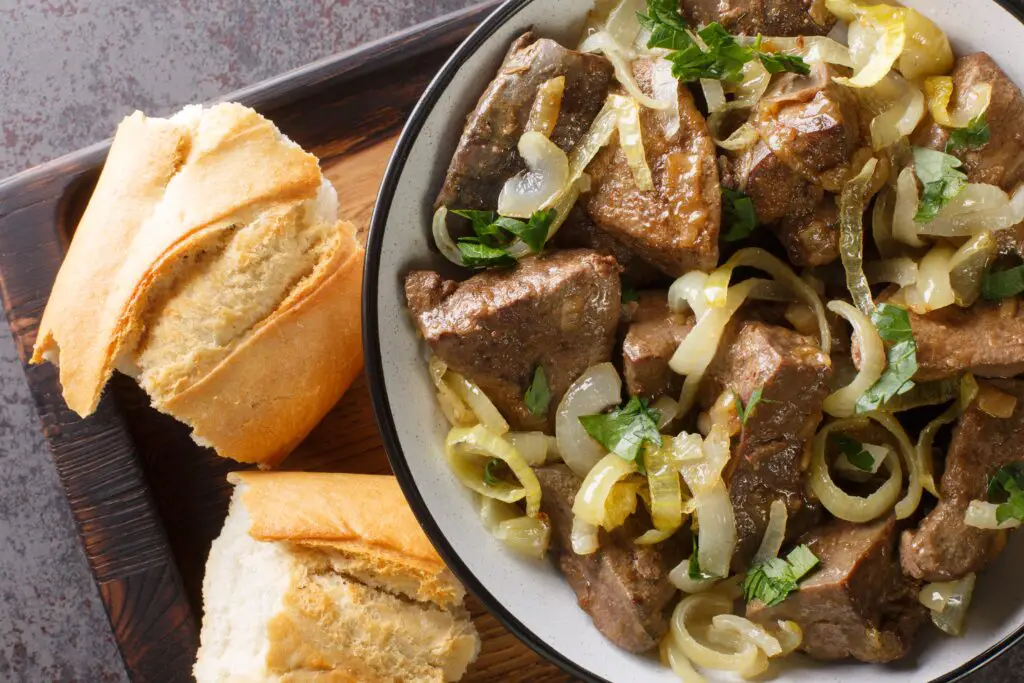
While liver has plenty of iron and nutrients, the way it was served in the ’70s made it a dreaded dinner. Advertised as a “superfood” before the term even existed, it was pushed on families as a cheap, protein-packed meal. But its metallic flavor and rubbery texture made it tough for kids to stomach. Parents insisted it was “good for you,” and that excuse was supposed to silence any protests.
Even though liver was touted as brain food, it rarely won anyone over. Onions helped mask the flavor, but the smell alone filled kitchens with dread. Health-conscious cooks kept trying to pass it off as a miracle food, but it never shed its reputation as the meal you had to choke down. Today, it’s a nostalgic reminder of the lengths families went for “nutrition.”
5. TV Dinners with “Diet Plates”
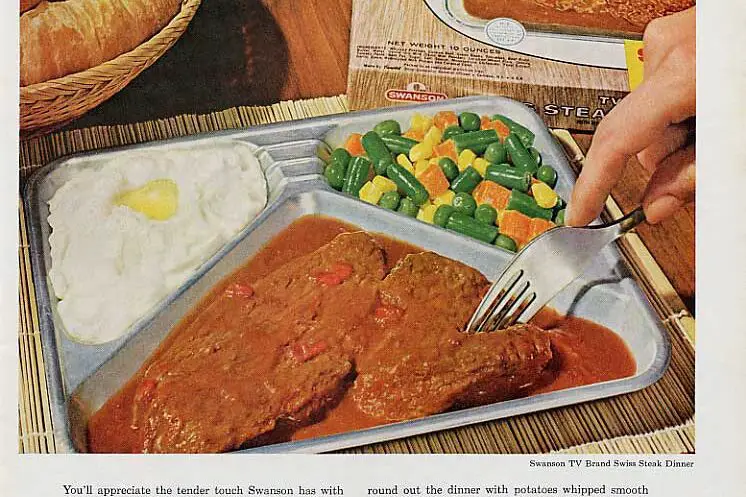
Frozen food companies in the ’70s jumped on the diet craze by offering TV dinners that were lower in calories and labeled as “slimming.” These meals often featured a small piece of baked fish, a scoop of peas, and a tiny portion of rice or cottage cheese. They came in cheerful packaging with promises of health and vitality, but the reality was often bland and underwhelming. Many were more about portion control than actual nutrition.
For busy families, these diet plates seemed convenient, but they never really satisfied. The portions were so small that people often snacked afterward, undoing the supposed health benefits. They became part of the culture of fad diets, convincing people that eating less of the same frozen food was somehow revolutionary. Looking back, it was more about marketing than real wellness.
6. Carob Candy Bars
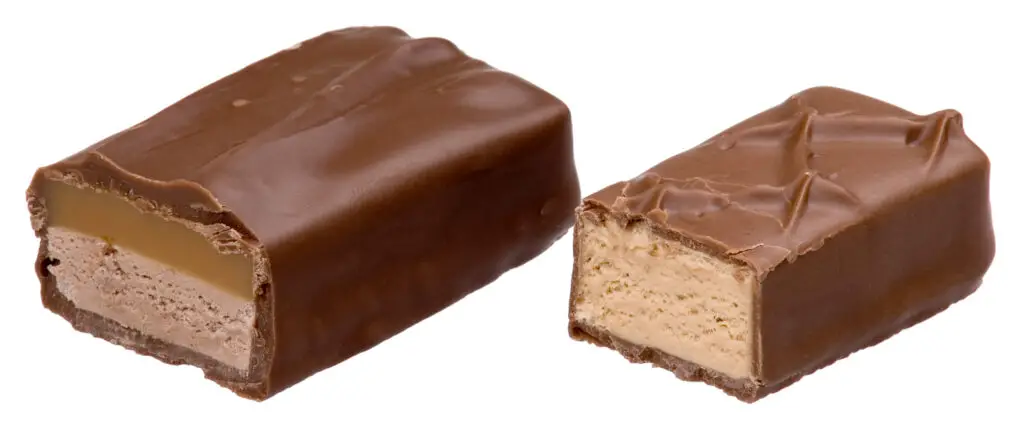
Carob was the ’70s alternative to chocolate, marketed as caffeine-free and lower in fat. Parents who wanted to keep their kids “healthy” would buy carob bars and tell them they tasted just like Hershey’s. Of course, they didn’t. Carob had a chalky, earthy flavor that left many kids disappointed after the first bite.
Despite the lack of enthusiasm, carob stuck around in health food stores, often paired with raisins or nuts to make it more palatable. It was promoted as a guilt-free treat, but it never quite lived up to its promise. Kids dreamed of chocolate while chewing through the imitation. It was one of the decade’s most memorable bait-and-switch health foods.
7. Tofu Hot Dogs
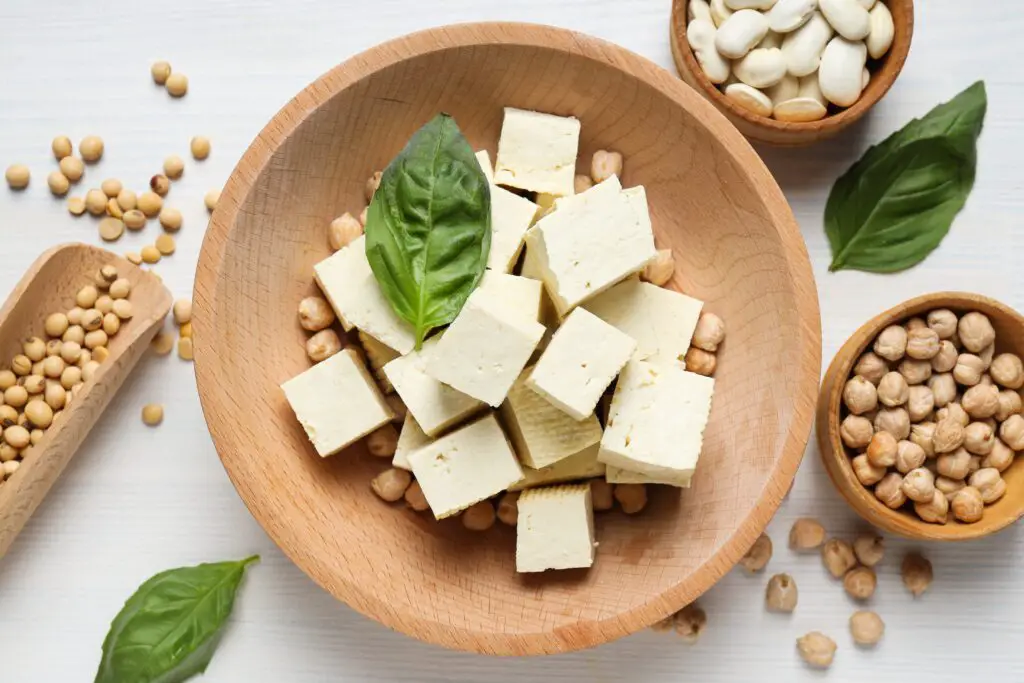
As vegetarianism crept into mainstream culture, tofu was marketed as a miracle protein. One of the strangest incarnations was the tofu hot dog, which promised all the fun of a frankfurter without the fat and cholesterol. In reality, these pale, rubbery dogs lacked the smoky flavor or snap that made regular hot dogs so beloved. Still, they were proudly placed on picnic tables as the “healthier choice.”
People wanted to believe in them, but most took a few bites before reaching for the real thing. Health food stores kept pushing them, hoping the public would catch on, but they never quite replaced the ballpark classic. They symbolized the optimism of the ’70s health craze—convincing in theory, but disappointing in practice.
8. Sprout Sandwiches
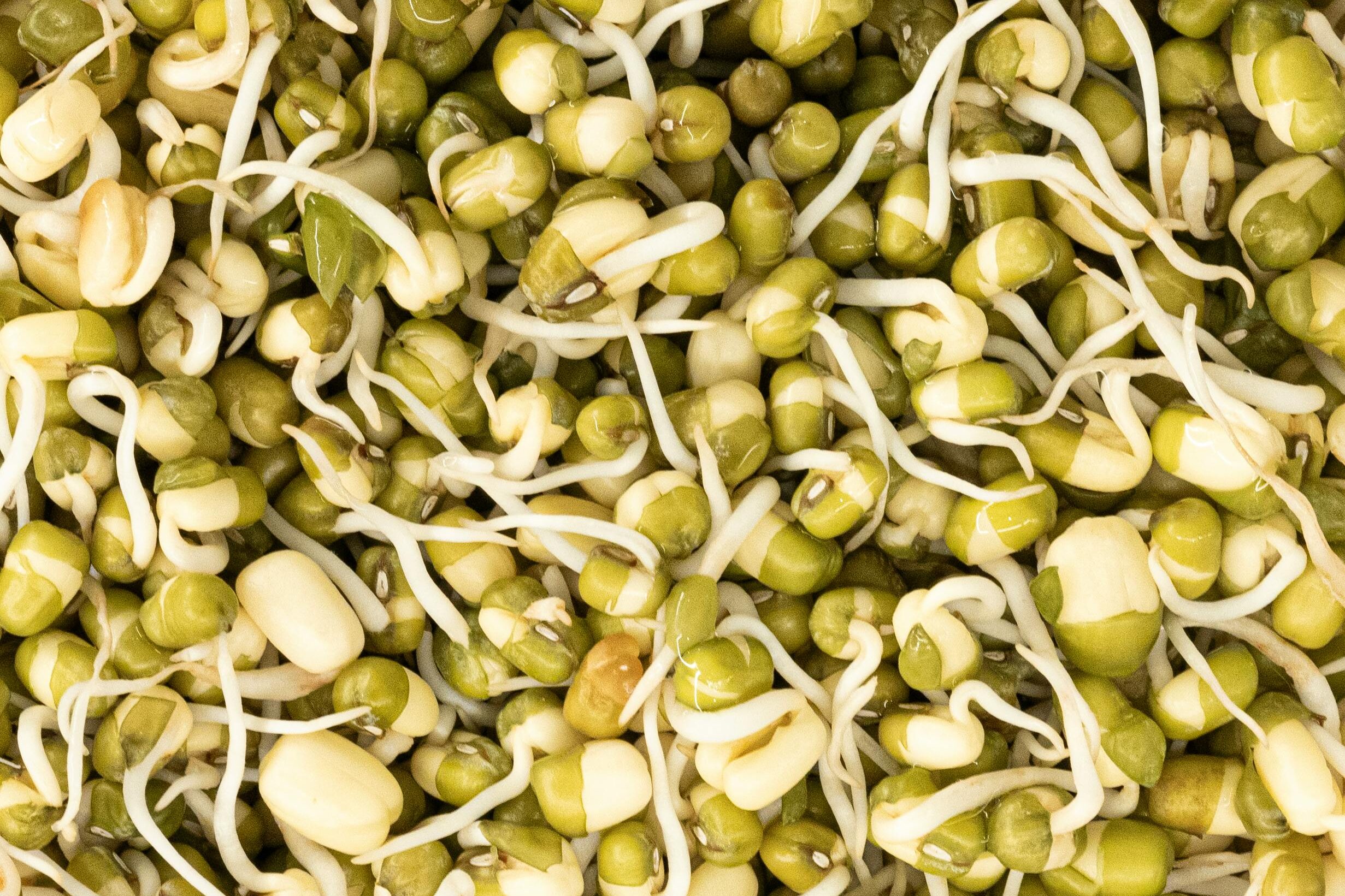
Alfalfa sprouts became the poster child for natural eating in the ’70s. Cafés and health-conscious diners loaded them onto sandwiches, claiming they were packed with vitamins and enzymes. A typical sprout sandwich might include sprouts piled high on whole grain bread with a smear of hummus or cottage cheese. It looked earthy and virtuous, but eating a mouthful of sprouts often felt like chewing on grass.
People proudly ate them to show they were in tune with nature, even if they secretly preferred a ham and cheese. Sprout sandwiches became a symbol of the counterculture and the rise of organic food. They were marketed as a refreshing alternative, but most people considered them bland and unfulfilling. Today, they’re remembered as a stereotypical “hippie” meal.
9. Cabbage Soup Diet Bowls
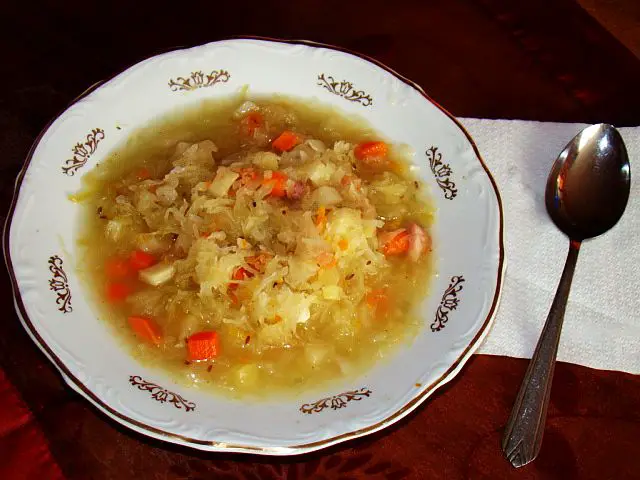
The cabbage soup diet exploded in popularity during the ’70s, marketed as a quick way to drop pounds. Cookbooks printed endless variations of cabbage simmered with tomatoes, celery, and broth. It was touted as low-calorie, cleansing, and “detoxifying” before that word was trendy. People boiled pot after pot, filling their homes with the pungent smell of cooked cabbage.
The soup itself was watery and monotonous, making it hard to stick with the diet for more than a few days. Yet, people swore by it, convinced they were shedding pounds with every spoonful. It was less about flavor and more about endurance. Looking back, it feels like one of the most joyless “health foods” of the decade.
10. Powdered Protein Shakes
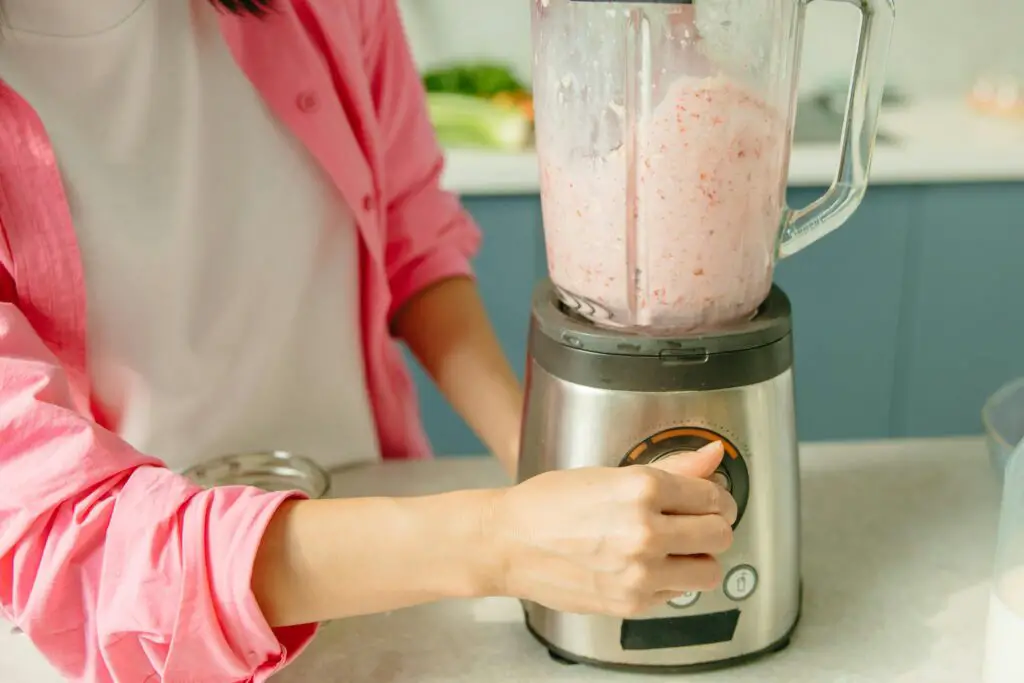
Long before smoothies became trendy, powdered protein shakes were marketed as the key to strength and slimness. They came in large canisters with labels promising energy, muscle, and weight loss. All you had to do was mix the chalky powder with water or milk, and you had an instant health drink. The reality was often lumpy and hard to swallow.
Athletes and dieters alike bought into the craze, even though the flavors rarely matched the pictures on the labels. Vanilla tasted more like cardboard, and chocolate was often bitter. People drank them out of obligation, pinching their noses to get through it. They were the ultimate “health before taste” sacrifice of the ’70s.
11. Rice Cakes with “Diet Toppers”
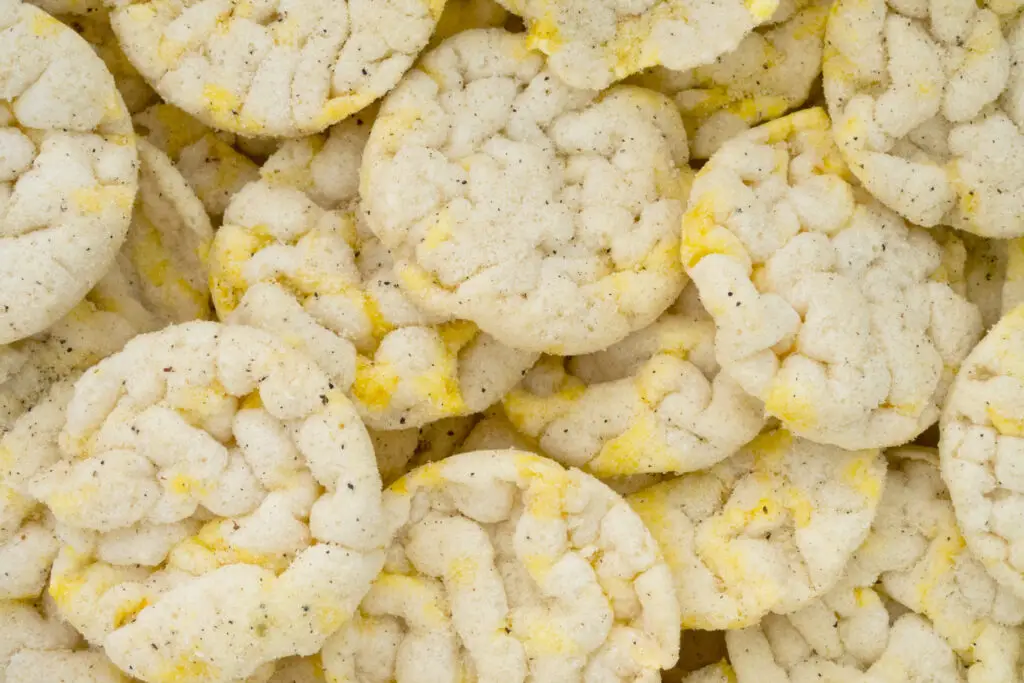
Rice cakes hit the shelves in the ’70s, touted as the perfect crunchy snack for dieters. They were light, airy, and virtually calorie-free, but also tasted like Styrofoam. To make them more appealing, health gurus suggested topping them with things like cottage cheese, carob spread, or even peanut butter powder. None of these really made them satisfying, but people kept trying.
They became a staple in lunchboxes and pantries, symbolizing dedication to clean living. Kids hated them, but adults convinced themselves it was worth the tradeoff. Advertisers made them sound like revolutionary snacks, but in practice, they were bland filler. Decades later, rice cakes are still around, but few people would call them delicious.
12. Bran Muffins
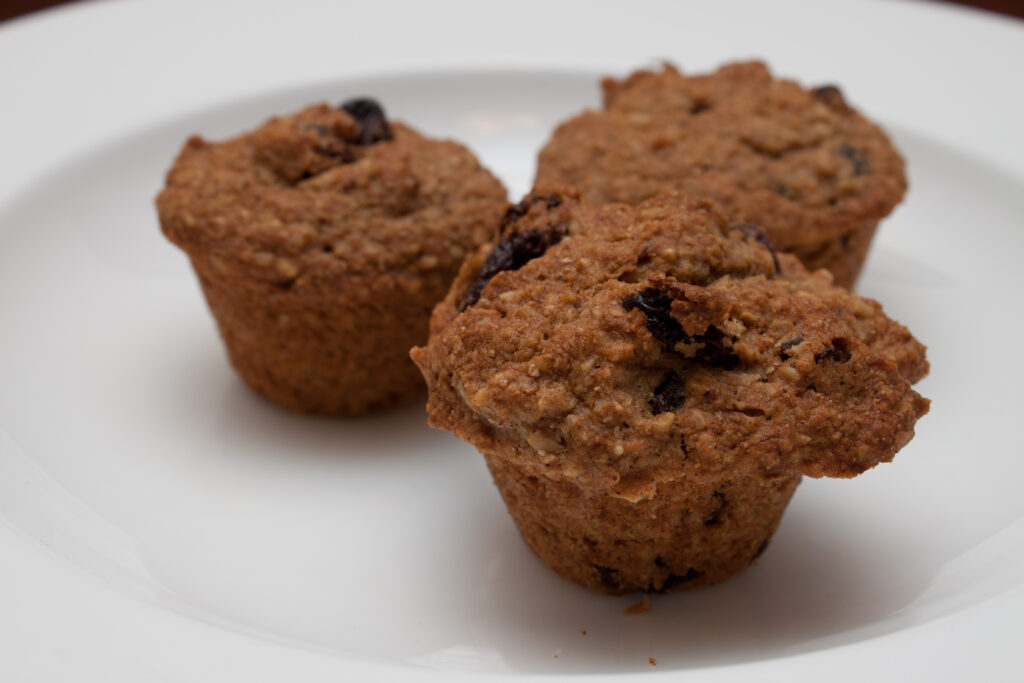
Bran muffins were marketed in the ’70s as the ultimate fiber-packed breakfast. Every bakery and supermarket carried them, with ads claiming they kept you regular and fueled you through the day. They looked wholesome with their dark, dense crumb, but often tasted heavy and dry. Many people washed them down with coffee just to get through one.
Despite the lack of sweetness, bran muffins gained a loyal following among health enthusiasts. Parents packed them in lunch bags, insisting they were better than cupcakes or donuts. The “health halo” around them kept them popular for years, even if kids would rather have skipped breakfast. Today, they’re a reminder of how nutrition trends sometimes sacrifice flavor for function.
